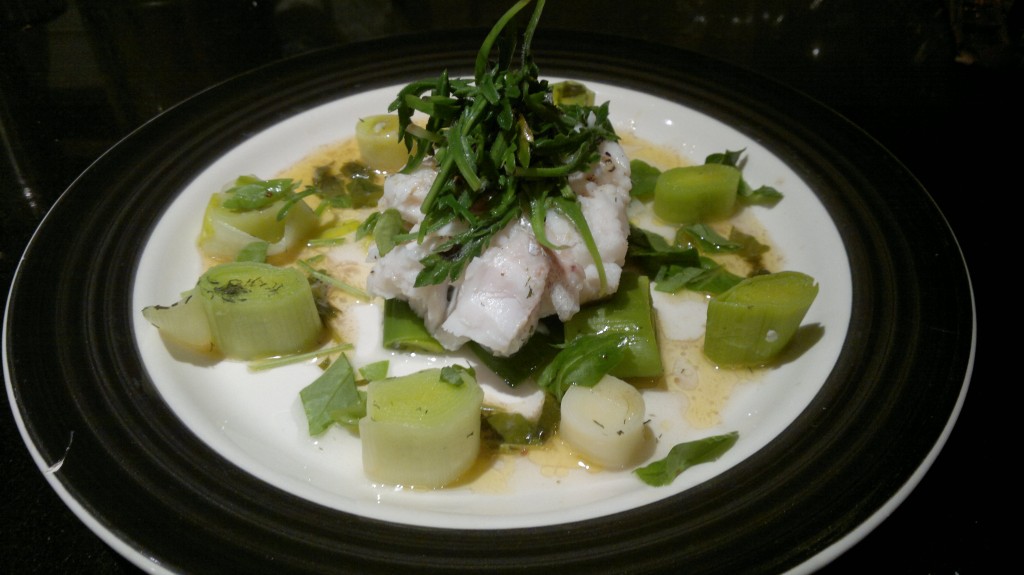Danny: The following is a public letter written by my colleague Prof. Jonathan Gressel at the Weizmann Institute, in response to talk from an ecologist decrying the use of transgenics in agriculture. I edited the letter, shortening it for use here. I should point out that Dr. X. is a zoologist at a well known university. As the gossip is less important than the content, I decided to leave her anonymous as "X" here. I should also point out that no response was received from "X" to this letter.
Dear Dr X,
I was rather disturbed by some of the disinformatory remarks that you made yesterday at the symposium [Genetic Engineering in Agriculture - Dream or Necessity?], especially in relationship to transgene flow. You categorically stated that there have been no studies on this (or any) area of ecology/population genetics of transgenics in Israel. My students, colleagues, and I have published over 40 papers on the subject since 1999 demonstrating that you have hardly done your homework - or in the parlance of journal editors - this is an ethical defect known as "citation amnesia".
You also made dire warnings about gene flow (via pollen or seed) to the wild, and claimed in a slide that there was evidence for this. A careful reading of the data behind the slide would have led you to a different conclusion. Competent ecologists distinguish between agro-ecosystems, ruderal (human-disturbed) ecosystems, and wild ecosystems. There is no published evidence that there has been gene flow to any wild ecosystem, and as you should know, there are exceedingly few instances of crops growing anywhere near wild interbreeding relatives. The real issue is gene flow to weeds in agroecosystems, which is controllable, and regulators should assure that there are transgenic failsafe mechanisms installed to prevent such problems.
You implied that organic agriculture is incompatible with transgenics - I strongly suggest that you read the book co-authored by a professor of organic agriculture, and head of the program at UC-Davis, who rather considers otherwise [
Tomorrow’s Table: organic Farming, Genetics and the Future of Food. Pamela C. Ronald and Raoul W. Adamchak].
You also implied that there was a consensus among ecologists that transgenics were highly dangerous (I believe you put it as "all the ecologists I talked with"). There are highly competent ecologists (including the only ecologist among the founders of Greenpeace) who argue strongly for transgenics as being an exceedingly invaluable tool for protecting the environment [
Confessions of a Greenpeace Dropout: The Making of a Sensible Environmentalist].
Indeed many meta-analyses performed by ecologists have shown the distinct environmental benefits of transgenics over current conventional agricultural practices (and even moreso over organic agriculture).
Thus, it is hard to conclude that you presented an impartial review of the ecological implications of transgenics that would have been expected of an academic ecologist at an important university.
This is very unfortunate.
Sincerely,
Prof. Jonathan Gressel
Plant Sciences
Weizmann Institute of Science
Rehovot, Israel 76100



